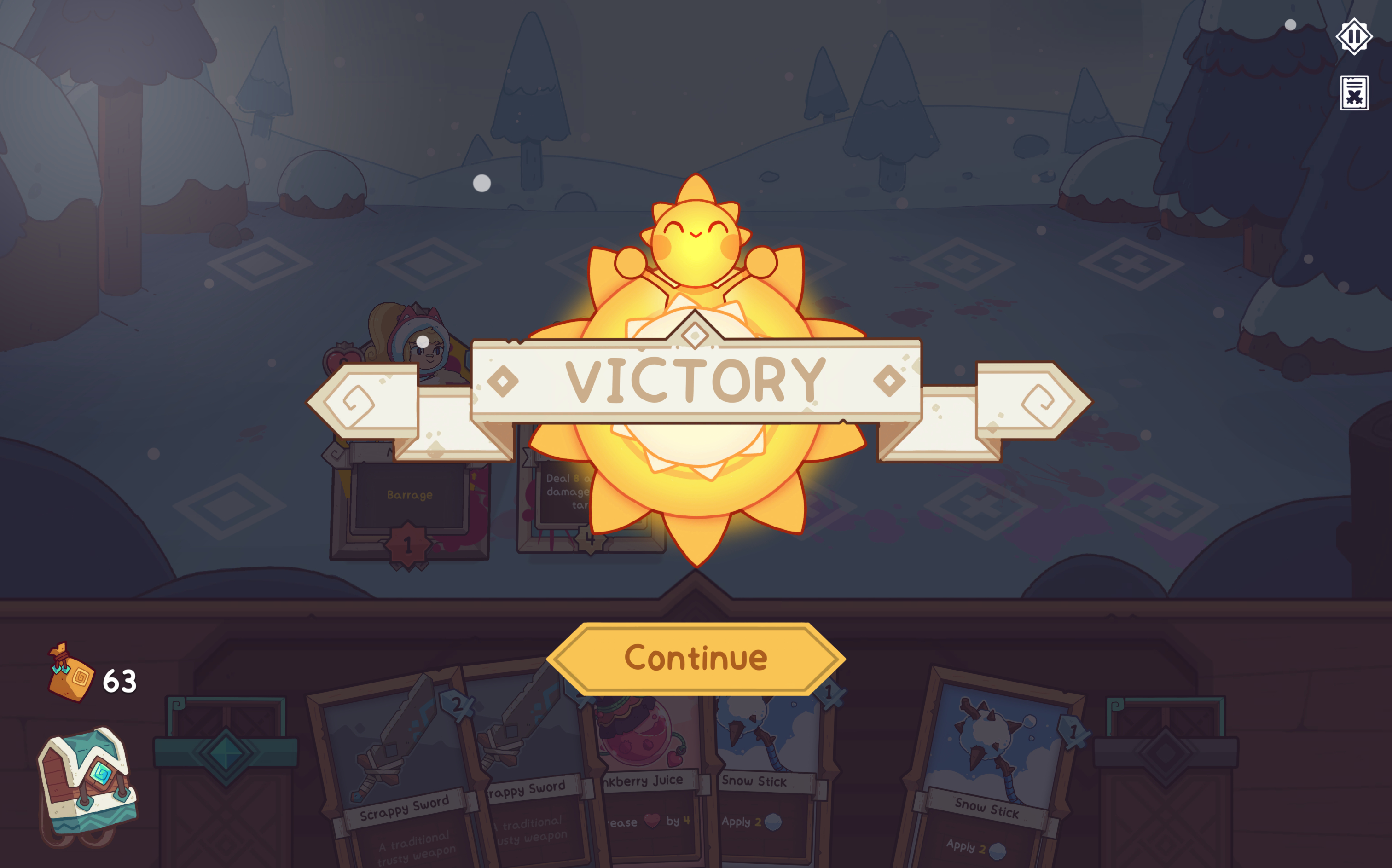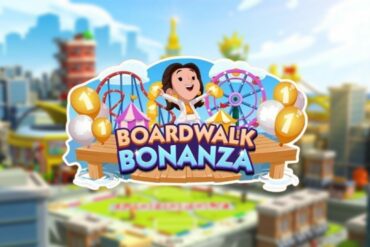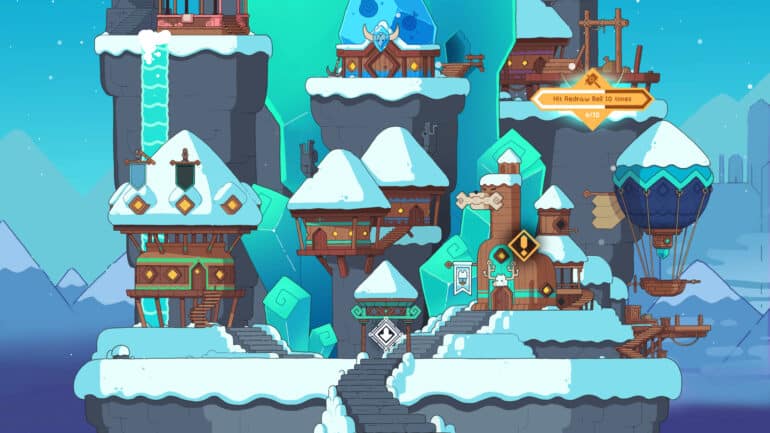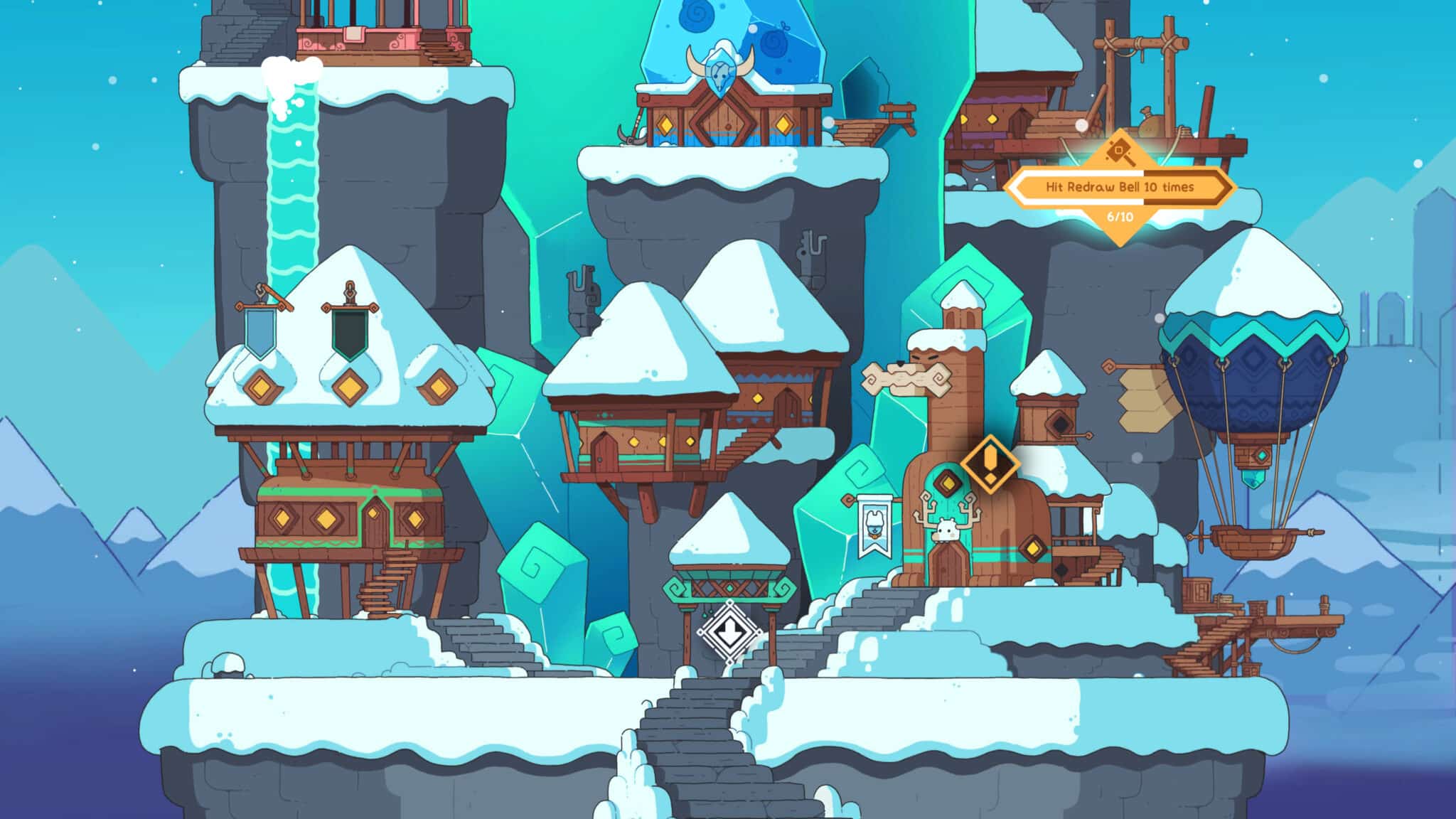Being an experienced card game player, both in online and real-life settings, I was thrilled to have the opportunity to review Wildfrost, a captivating card-battling, roguelike deck builder. The game’s charming art style immediately drew me in, and the promise of replayability, a hallmark of roguelikes, had me concerned about neglecting my social life. However, the question that loomed was whether Wildfrost’s endearing visuals, upbeat soundtrack, and challenging gameplay would keep me engrossed in its eternal winter, or if it would leave me with frostbite, embittered and unwilling to return.
Wildfrost begins with a once bright and sunny world that has fallen victim to a terrible winter known as — yup, you guessed it — the Wildfrost. The sun now lies as a lifeless block of ice, and survivors have gathered in the last stronghold, Snowdwell. Many of them believe the storm has an unnatural source, and your task is to venture into the cold to uncover the mysterious cause of the endless winter. Fortunately, you come across a journal, with an unknown owner, that contains only silhouettes of adventurers, enemies, and items.
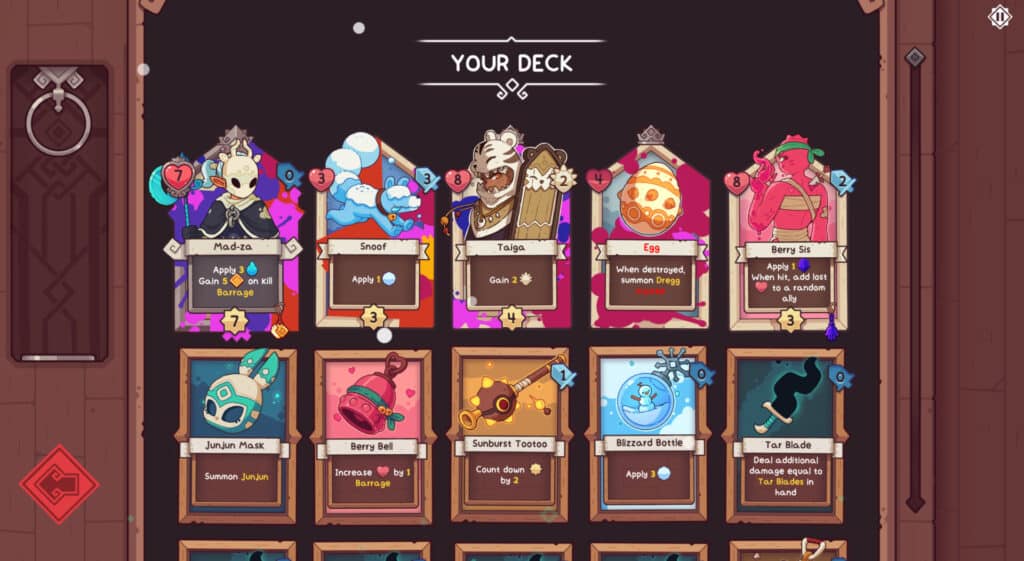
“Wildfrost begins with a randomly generated leader from one of three tribes.”
As you progress through the world, defeating foes, encountering allies, and discovering new items, the journal updates. If you die during a run, the journal remains for the next adventurer to find, who scratches out your name, enters their own, and gains a few more clues to solve the mysteries hidden within the Wildfrost.
As you advance, you uncover more of the story in the form of journal pages. Once you master Wildfrost‘s mechanics and reach the end of a run, a great twist and some secrets await that I won’t spoil here. Although I enjoyed the concept and story overall, I found it lacking in depth. It would have been nice to see the tribes, companions, and former world fleshed out more through additional journal pages. I would have loved to dive into some lore or read about how people managed to survive the Wildfrost up until this point.
Wildfrost combines card-battling, deck-building, and roguelike elements. This means you build the best deck you can with the allies and trinkets you find as you progress along a pre-set path. The journey into the Wildfrost begins with a randomly generated leader from one of three tribes, each with unique playstyles. Snow Dwellers excel at elemental mastery, Shademancers summon spirits/shades, and Clunkmasters specialise in crafting tools/weapons. Initially, only one tribe is available, but unlocking the others doesn’t take long. A pet even accompanies your journey, with more to unlock as you progress, each offering different abilities.
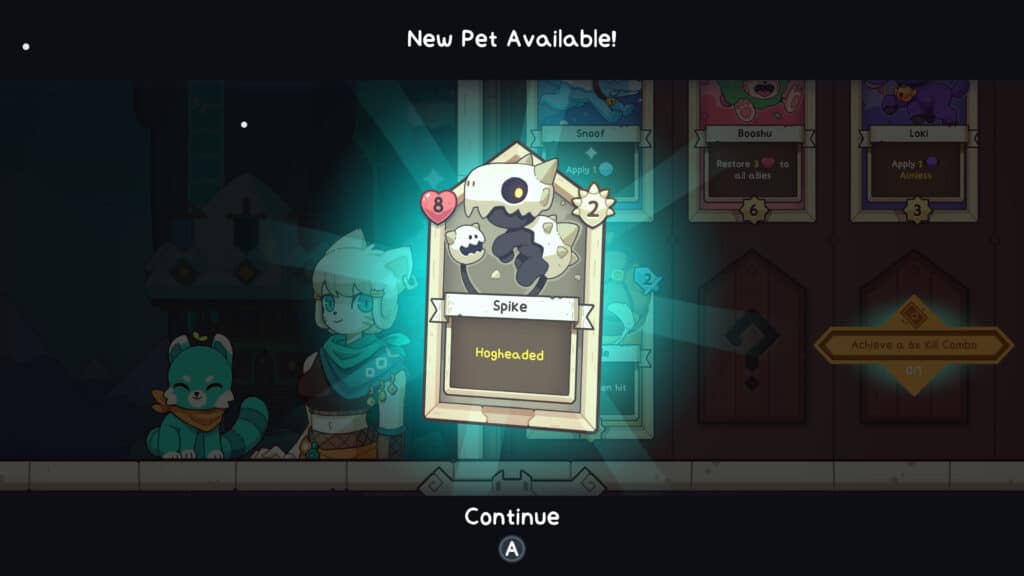
Wildfrost Can Feel Overwhelming
On the battlefield, positioning is crucial as units closest to the centre of the battlefield attack and absorb damage first. Certain abilities can complicate this, making positioning complex and requiring constant adjustments. Each unit has a turn timer; when it reaches zero, the card attacks and performs its ability. Unlike some other roguelikes, there’s no RNG on attacks; every action has a 100% chance to hit.
Managing resources, positioning units, healing, applying buffs/de-buffs and stalling demands a surprising amount of depth and strategy. Each turn allows unlimited repositioning of units, but only one card can be played from the hand, initiating the attack phase. The redraw bell, a welcome feature of Wildfrost, allows you to reshuffle your cards and draw a new hand when the counter reaches zero, preventing a bad hand from ruining a run. A reinforcements timer is also ticking away, urging you to clear the board before becoming overwhelmed. While this seems awfully confusing, it starts to make sense, the more you play.
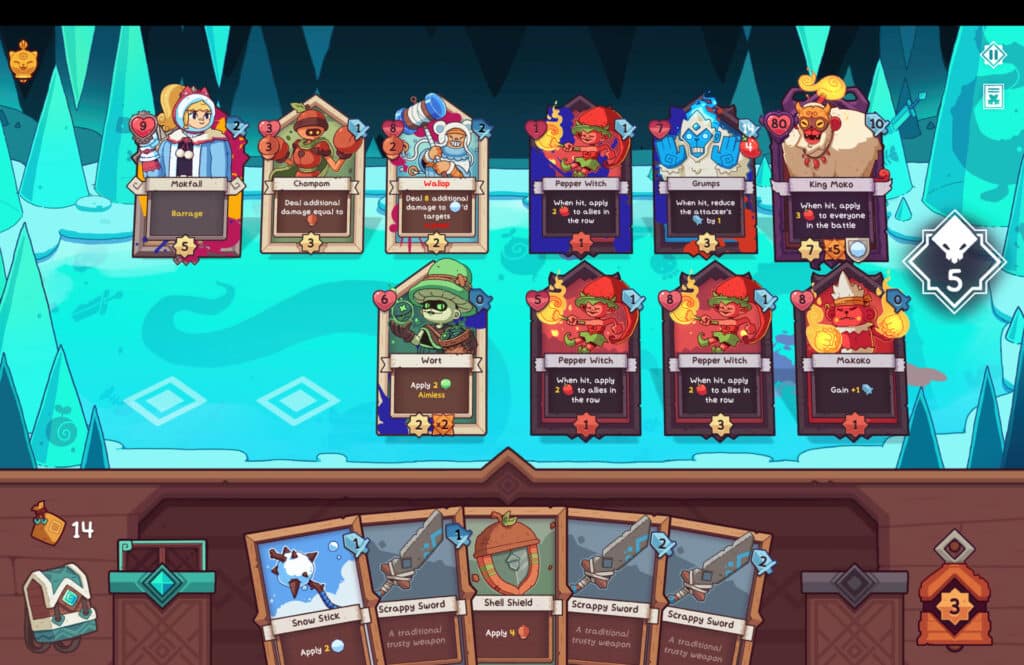
“Wildfrost’s cute and wholesome art style lured me into a false sense of security before it pounded me with serious difficulty spikes.”
Successfully juggling these gameplay mechanics and defeating the enemy team’s leader earns you a victory. Gold earned from defeating enemies and chaining combos can be spent with merchants found on the trail. The town of Snowdwell offers challenges that, once completed, unlock buildings, vendors, tribes, and pets. To upgrade the town, you must complete specific challenges, which can detract from successful runs due to their niche requirements and the temptation to complete them, even at the cost of making a sub-optimal play.
If a companion loses all its health, it becomes “injured,” rendering it unusable for the rest of the battle. It may be used in the following battle but with only half health and half attack. If your leader dies, it’s game over, and you start from scratch, losing all your gold/items and dropping the journal for the next adventurer to find. The upside is that the town’s upgrades and unlocks remain, offering more options for experimentation on your next adventure.
A fun and welcome extra feature of Wildfrost is the daily challenge mode. A pre-made team is available with various mods making it more difficult than a normal run. A leaderboard lets you compare your performance to players worldwide. I found this to be a refreshing change from the core gameplay.
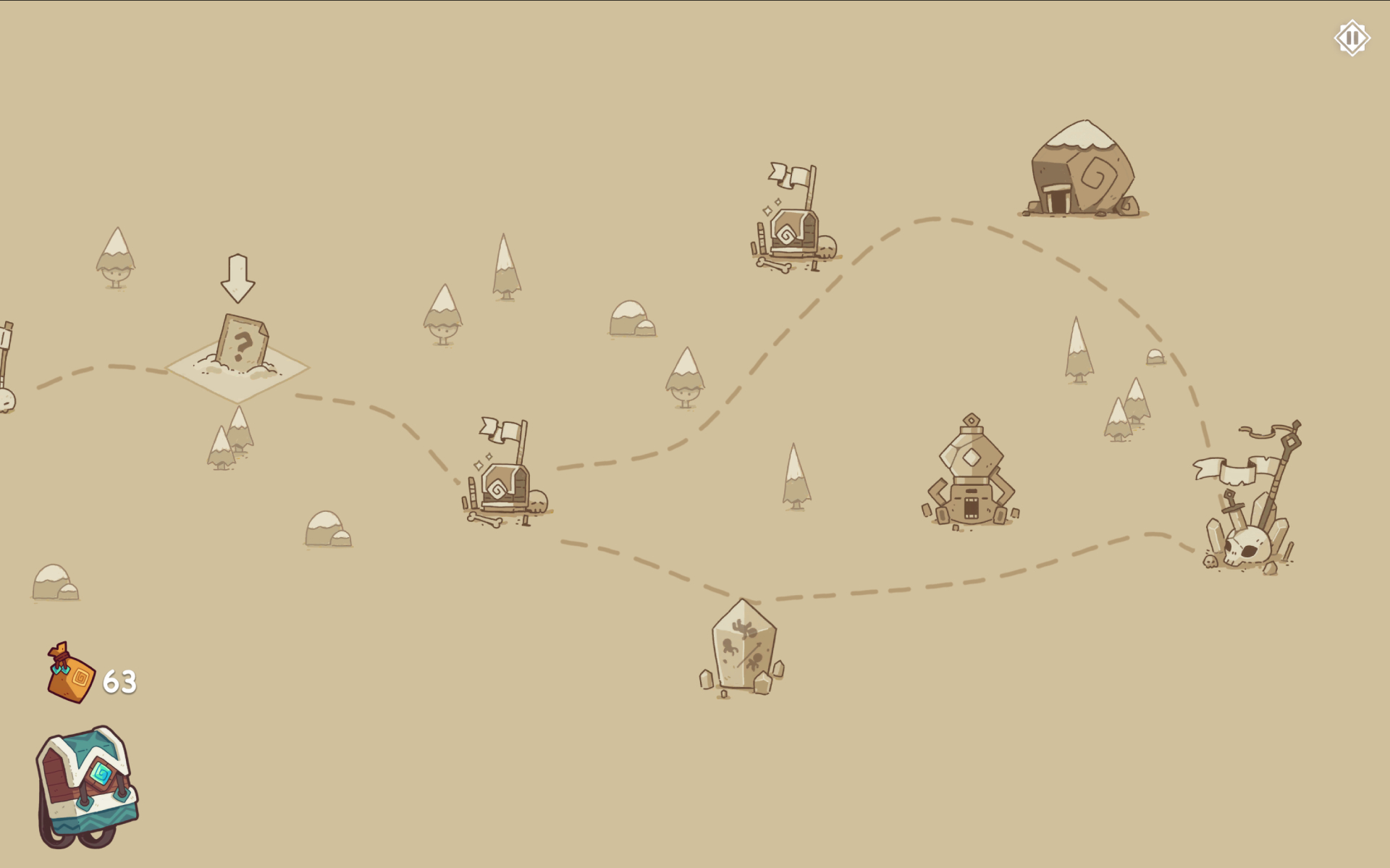
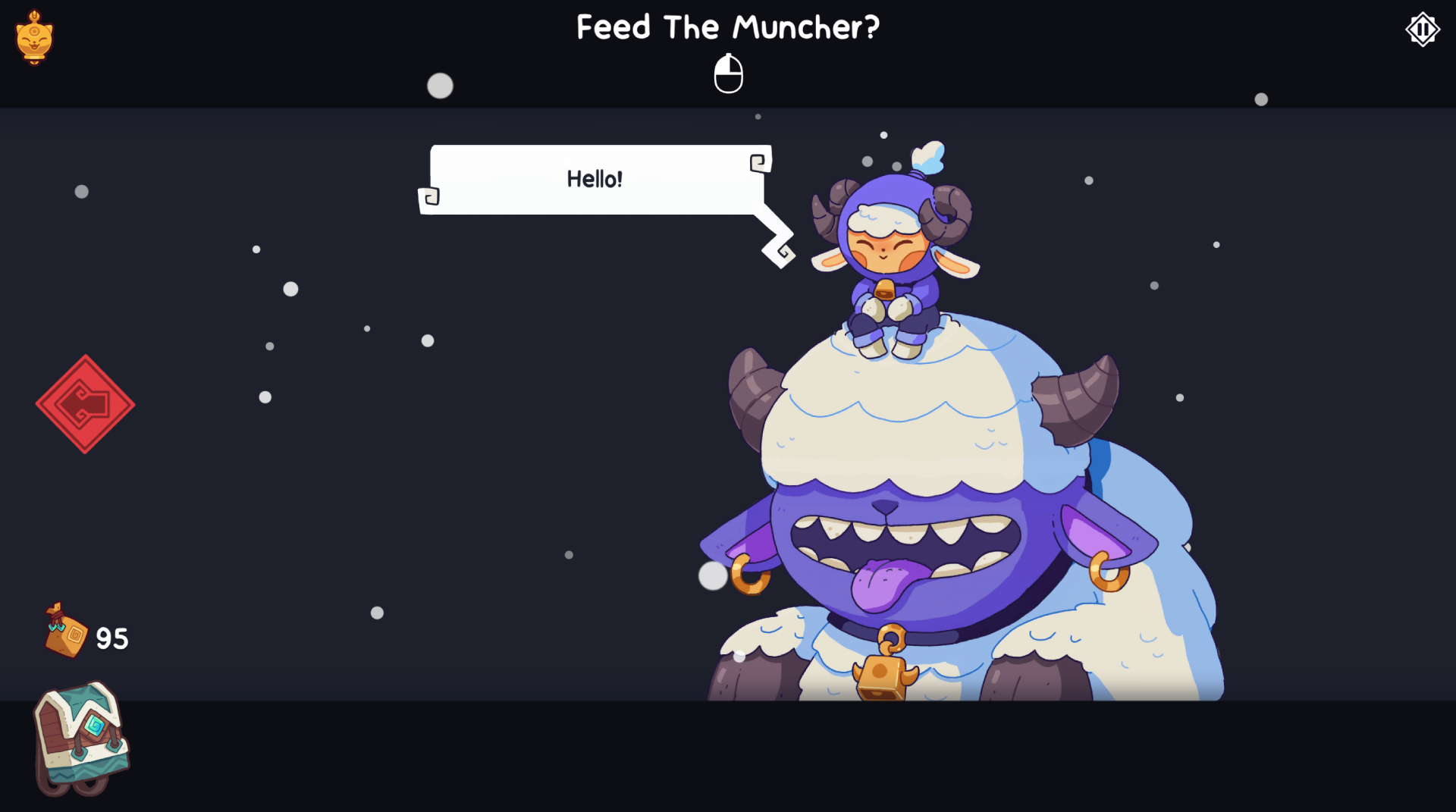
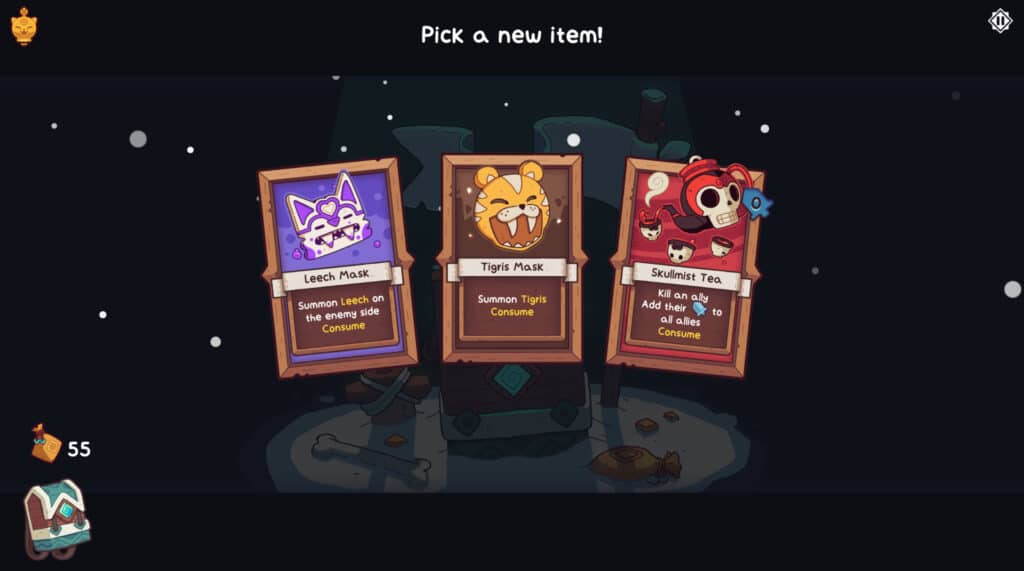
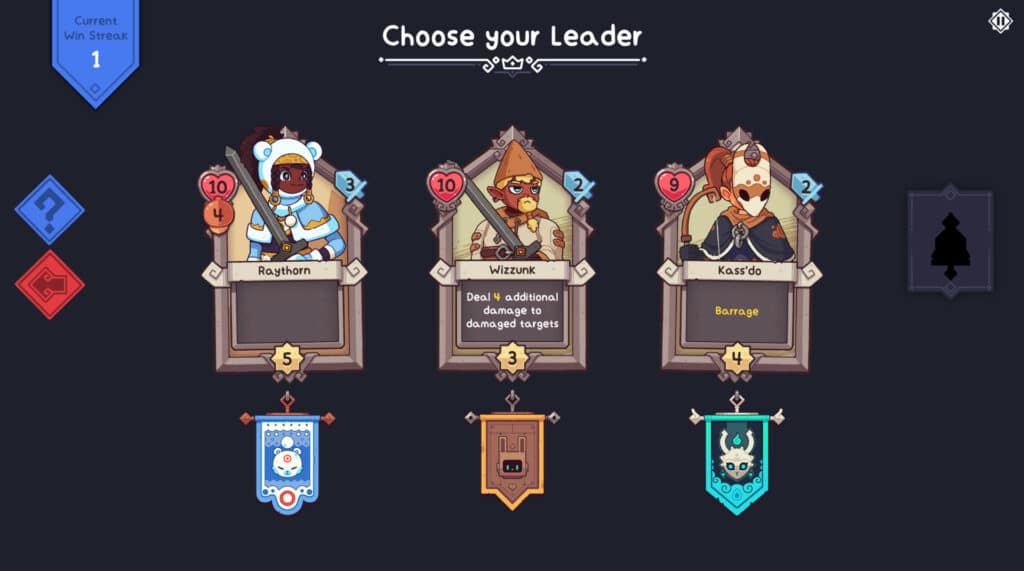
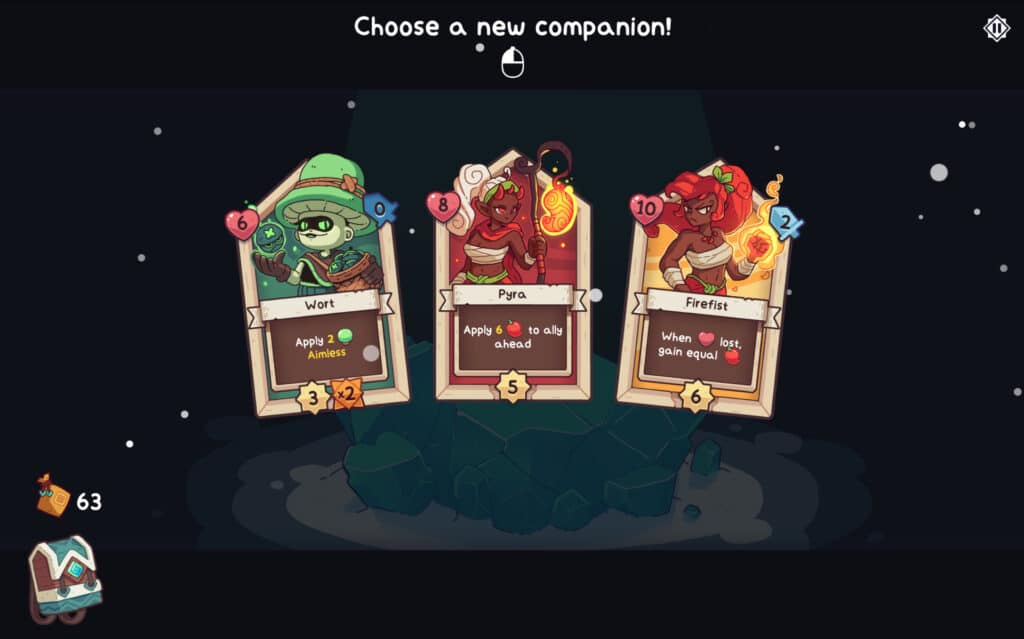
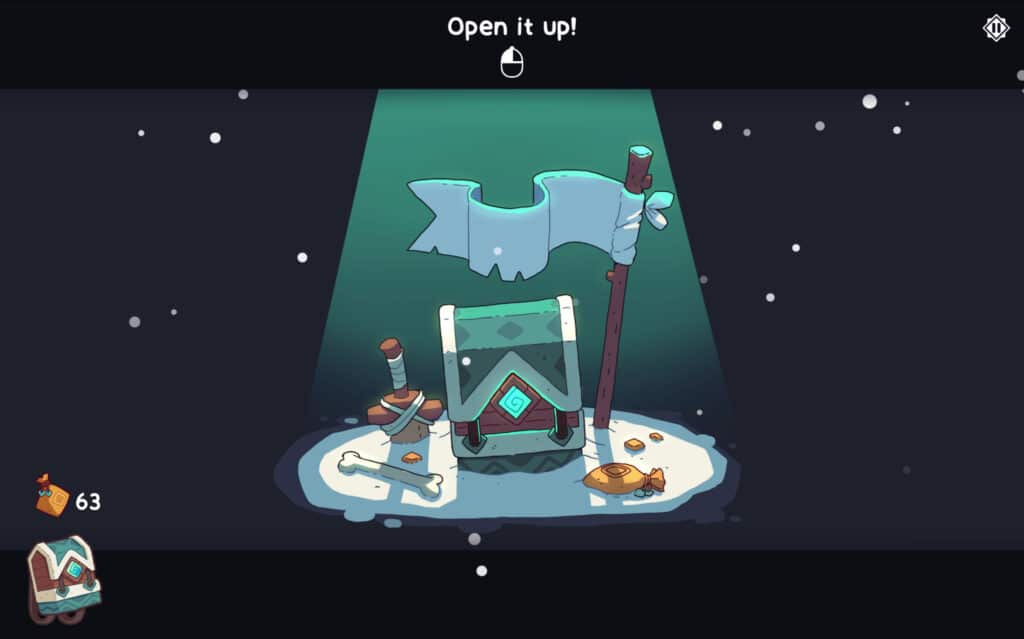
Wildfrost is not for the faint of heart. Even minor errors are brutally punished.
Wildfrost captivates players with its charming art style, upbeat soundtrack, and immersive sound effects, which perfectly complement the game’s icy world. The upbeat soundtrack features a variety of dynamic tunes, which perfectly encapsulate the thrilling journey through the frozen world. Energetic melodies keep players engaged during intense battles, while more serene tunes provide a calming ambience in Snowdwell, allowing players to relax and take a breather. On the trail, however, the absence of music emphasises the sense of isolation on the journey. Animated sound effects, such as the clashing of cards and the cracking of ice, enhance the overall experience, immersing players in the eternal winter of Wildfrost.
As you continue along the trail, the game ramps up significantly. Wildfrost‘s cute and wholesome art style lured me into a false sense of security before it pounded me with serious difficulty spikes. While I think this is part of Wildfrost‘s fun, some of the later-stage bosses seem almost unfair at times, making me wonder if certain bosses need slight nerfs. Progression can feel like a dice roll, making it challenging to synergise and build an effective unit. You can encounter really bad companions on the trail, and you often die before assembling any sort of synergistic deck. However, skillfully making the best of a bad situation feels really good when you pull it off, although it’s easier said than done.
Wildfrost is available on Steam for PC and on the Nintendo Switch. Both platforms cost US$ 19.99 / AU$29.50, which I personally think is a steal for the replayability it provides.
*Disclaimer: Reviewed on PC; code was provided by the publisher.
